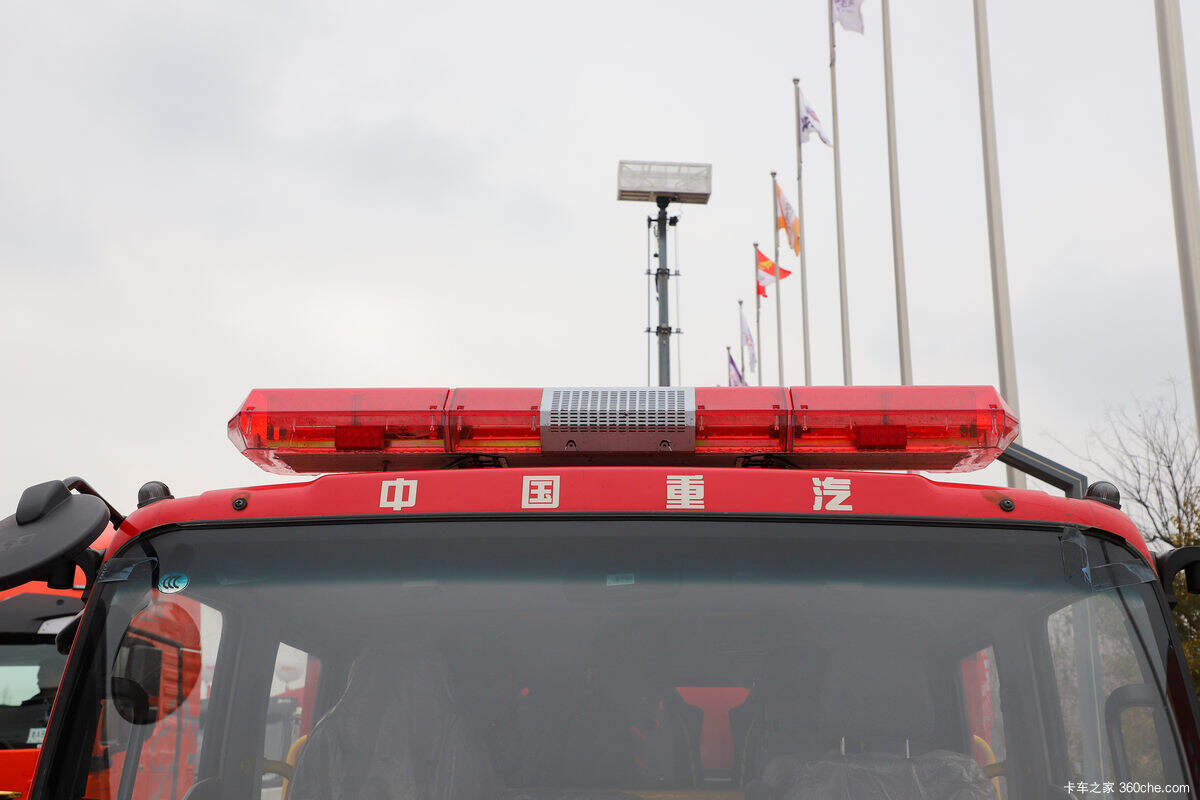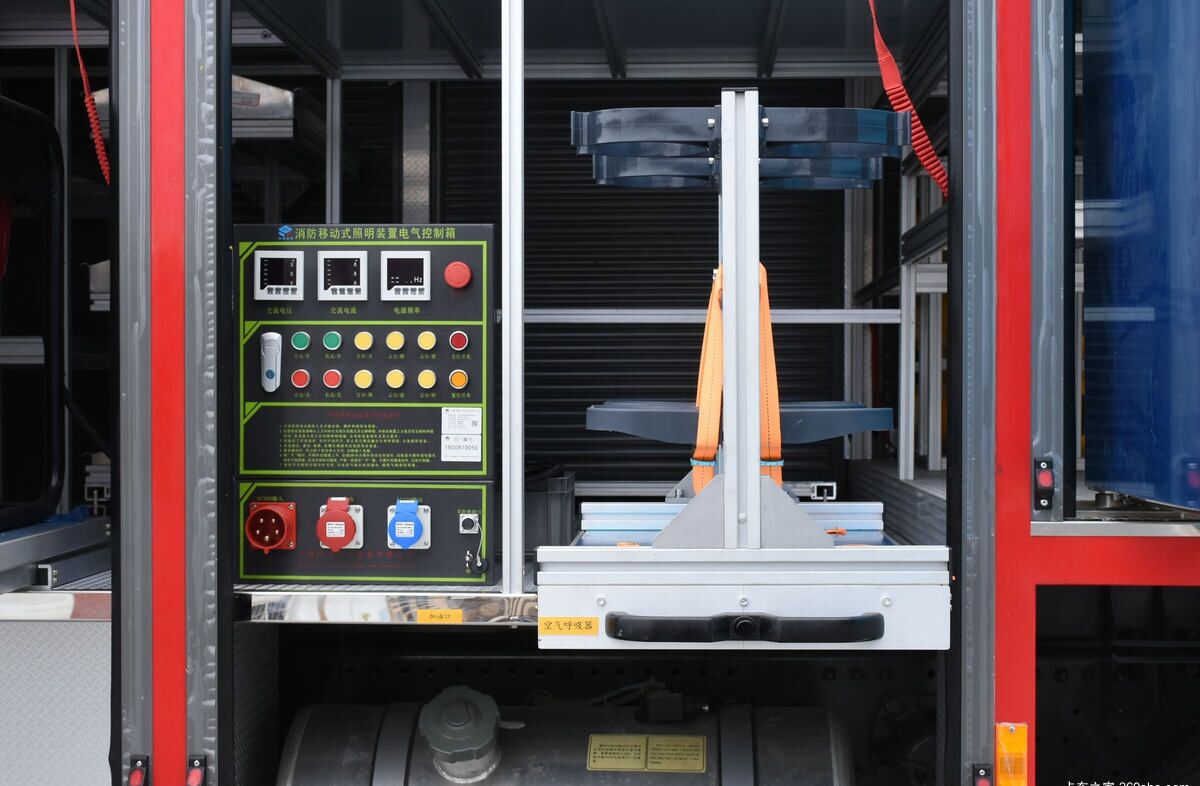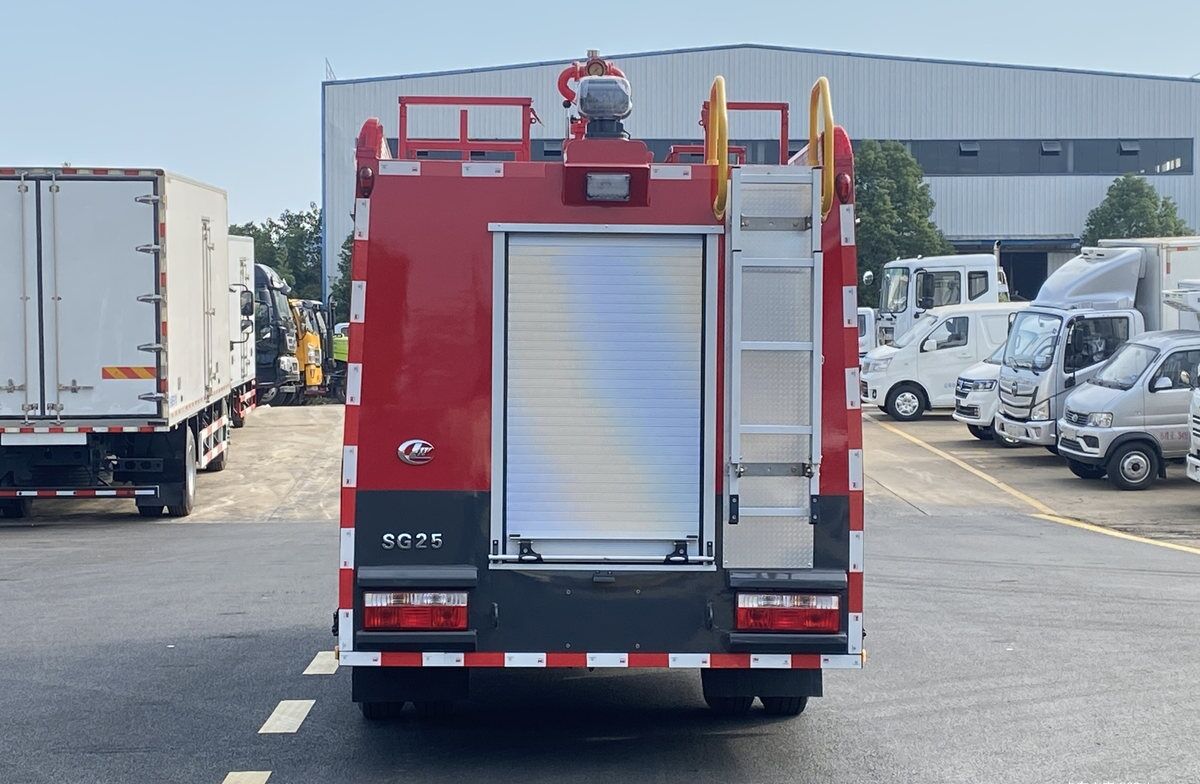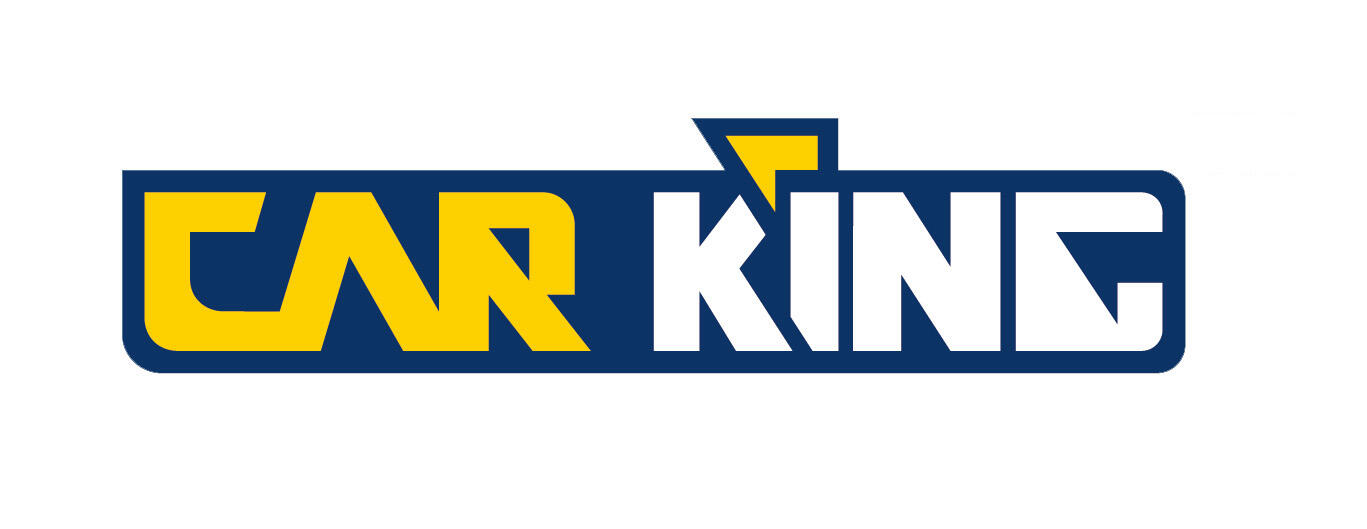fire department truck
A fire department truck, also known as a fire engine or fire apparatus, is a specialized emergency vehicle designed to handle various firefighting and rescue operations. These modern marvels of engineering combine powerful water pumping capabilities with advanced safety features and rescue equipment. The typical fire truck comes equipped with a high-capacity water tank, ranging from 500 to 3,000 gallons, complemented by a robust pumping system capable of delivering water at high pressures. The vehicle's chassis is specially reinforced to carry heavy equipment while maintaining stability during emergency responses. Advanced features include LED emergency lighting systems, state-of-the-art communication equipment, and thermal imaging cameras for enhanced visibility in smoke-filled environments. The truck's compartments house essential firefighting tools, including hoses, ladders, ventilation equipment, and medical supplies. Most modern fire trucks also feature computer-aided dispatch systems, GPS navigation, and automated pump controls for improved efficiency. The cab design prioritizes crew safety with reinforced construction, multiple airbags, and ergonomic seating for long-duration operations. These vehicles serve as mobile command centers during emergencies, equipped with sophisticated monitoring systems and the capability to coordinate multiple response units.



